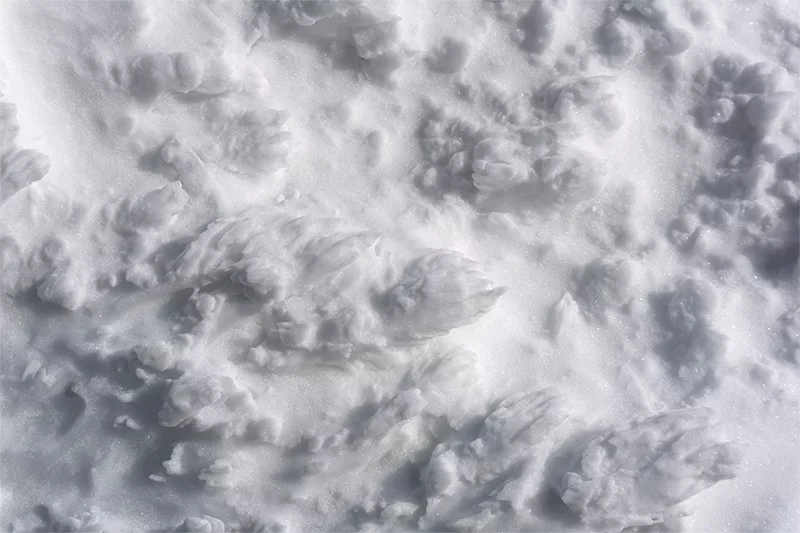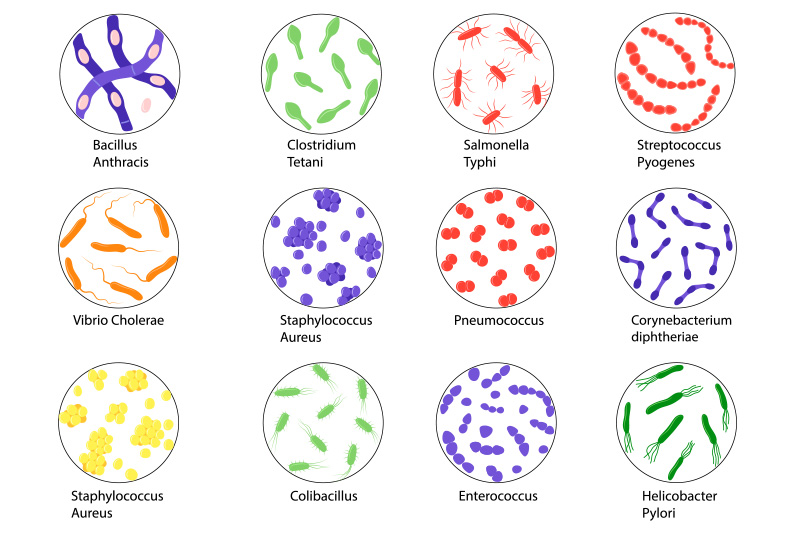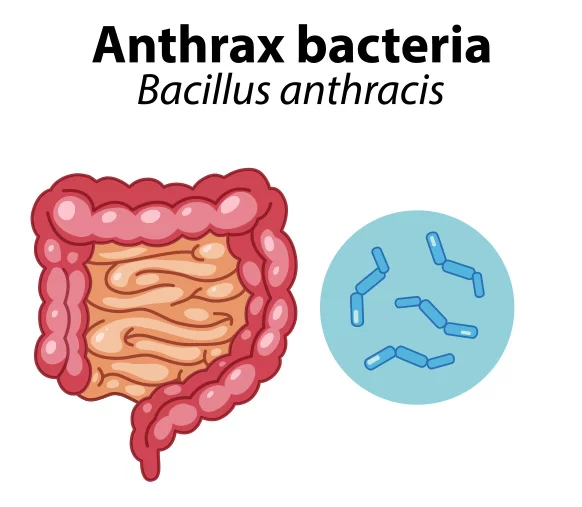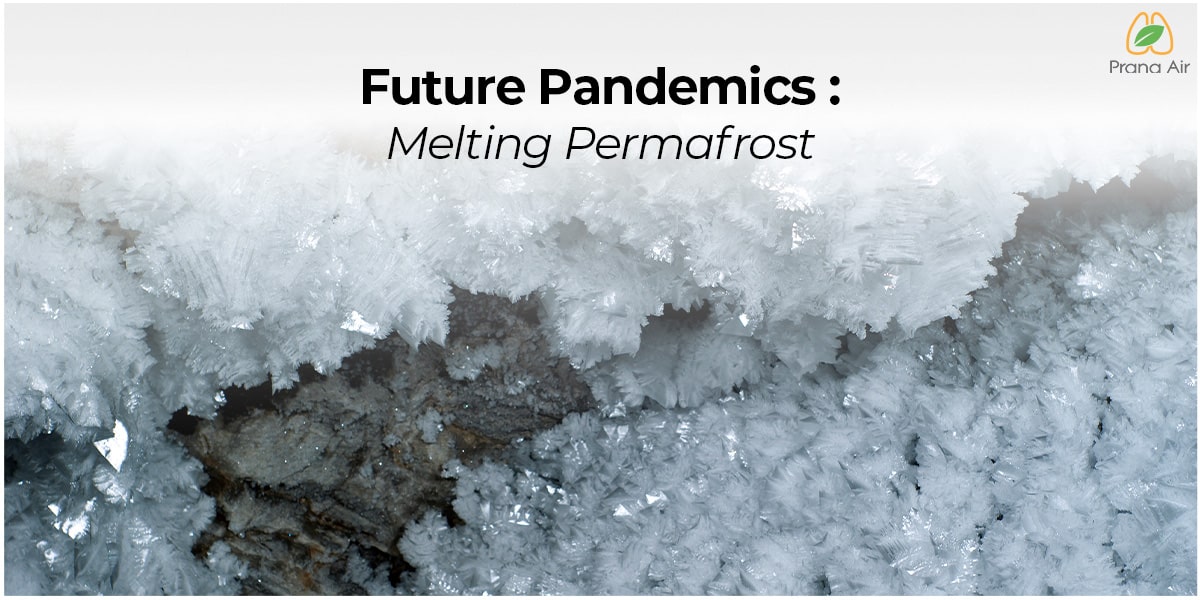Due to the present Covid pandemic, almost every day to day activities of common people have a negative impact. The epicenter of this pandemic is the city of Wuhan(wet market) in China but it is not clear to date how this zoonotic disease entered human civilization. Which animal was the original host of this virus because of which it entered the Human beings? One thing is sure nobody wants this kind of pandemic to face again. The low mortality rate of this disease is the only good part of this pandemic. So now we’ll see Global Warming As Future Pandemic By Melting Permafrost.
Deglaciation is one of the direct consequences of Global Warming, which will take place in the polar region. This has caused major worry to scientists and their communities. They worry that deglaciation is going to threaten permafrost. But these polar regions can soon emerge as a hotspot for future pandemics.

What are Permafrost?
The word ‘permafrost’ is derived from two words ‘perma’ meaning permanent and ‘frost’ meaning snow. Permafrost is the snow that has been preserved for at least 2 years. It can be either be on the ground, beneath the surface or even under the ocean. Permafrost is prominent in the Northern hemisphere of the globe. It covers 15% of the area in the northern hemisphere and 11% of the global surface area. All of this accounts for nearly 23 million square kilometers. Permafrost can not only be formed in high latitude regions but also in high altitude regions of Earth(n the Himalayan region and Alps region). Permafrost covers a major part of countries like Russia(mostly in Siberia), Canada, parts of Greenland.
It has been estimated that almost 2.3 crore people stay in close proximity to permafrost. Since permafrost is a kind of permanent snow, its temperature is below zero around the year. Global Warming has posed threat to permafrost, but how can permafrost become a new epicenter of future pandemics? Does it have the potential to cause future pandemics?

Permafrost and Global Warming
In colder regions of the globe when plants and animals die, their corpse doesn’t actually decompose. It gets preserved due to extremely cold temperature. So it is a huge source of undecomposed/partially decomposed organic matter. When permafrost melts due to rising temperature, this partially decomposed organic matter will soon release various greenhouse gasses like methane and carbon dioxide into the atmosphere on decomposition.
There have been various estimations by scientists that about 3 meters depth of permafrost is a hub of about 1000 billion tonnes of carbon. Out of this, even if 1% gets released it will be around 10 billion tonnes of carbon. Currently, the entire human civilization emits about 10 billion tonnes of carbon into the atmosphere annually.
Permafrost on the surface or on the ground is covered with snow which has a high albedo(reflectance). This enables the sunlight to reflect back to space causing less heating of the earth due to the sun. So if this high albedo surface is replaced with less albedo surface(melting of permafrost) it will accelerate the heating due to solar absorption.
What is beneath the Permafrost?
Permafrost is located in the extreme cold position of Globe which makes them remote. These regions of the globe bury not only undecomposed organic matter but also several viruses, bacteria, and fungi. Recently in some parts of Russia mammoths were discovered. This is because of the below-zero temperature of this region. It ensures that slow decomposition of organic matter takes place. When a dead mammoth or any other dead animal’s body decomposes it is going to release several microbes(bacteria, viruses, and fungi). These microbes have the potential to cause pandemics. One thing is sure when these permafrosts were formed, there were no humans in these regions(where permafrost is printed today). So these are new viruses to which humans are not immune.

Learn from Recent Past
In 2016, there was a mysterious outbreak of a disease in remote parts of Siberia which caused about 90 hospitalizations. Later on, this disease was identified as Anthrax which is caused by bacteria (Bacillus anthracis). One thing to be noted is that there has been no Anthrax outbreak in this region for the past 70 years. This outbreak initially began on reindeers. So to contain this spread, about 2000 reindeer carcasses were burned. Many scientists think that this outbreak was caused by long-dead reindeer carcasses that thawed out along with permafrost because of Global Warming or deglaciation. Spores of Anthrax would have spread across the region and infected reindeer grazing nearby, leading to an outbreak.

Conclusion
Permafrost is just like the time bomb which is being constantly triggered. It can not only enhance global warming but can also be a cause of new diseases in the future. Some scientists have also warned that the thawing of permafrost can bring back all sorts of pathogens which can cause diseases that humans have completely eliminated like smallpox or bubonic plague.
References from the following sites:
- YouTube/Vox/channels
- YouTube/StudyIQcoachingcenter/channels







